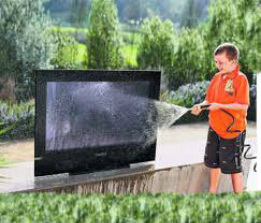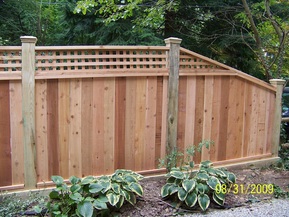
We’re born again, there’s new grass on the field.
A-roundin’ third, and headed for home, it’s a brown-eyed handsome man;
Anyone can understand the way I feel.” – John Fogerty “Centerfield”
You’ll have to excuse me this week as I get my baseball geek on and celebrate the opening of spring training. That’s right – The Phightin’ Phils (and the rest of Major League Baseball) are back at it in their respective camps in Florida and Arizona.
And to celebrate the return of baseball, I’d like to focus this week’s post on the National Pastime. But I’d be slightly remiss if I didn’t make some effort to tie it in to landscape construction in my usual roundabout sort of way. So I’d like to introduce the All-Landscaping-Name-Roster of Major League Baseball players.
Whether you’re a Rockies fan or a Wilmington Blue Rocks fan, whether your interest is rooted in the bush leagues or the Majors, whether your landscaping project is on deck or not (see where this is going…?) I hope you’ll find this list at least a bit entertaining.
With no further fanfare…
Wade Boggs, IF, Red Sox, Yankees, Rays, 1982-1999
Dave Bush, P, Blue Jays, Brewers, Rangers, 2004-current
Chris Carpenter, P, Blue Jays, Cardinals, 1997-current
Doug Creek, P, multiple teams, 1995-2005
Reese Diggs, P, Senators, 1934
Tyler Flowers, C, White Sox, 2009-current
Ron Gardenhire,IF, Mets, 1981-1985, Mgr, Twins, 2002-current
Kent Greenfield, P, Giants, Braves 1924-1929
Jim Greengrass, OF, Phillies, Reds, 1952-1956
Travis “Stonewall” Jackson, IF, Giants 1922-1936
Grover Land, C, multiple teams 1908-1915
Mike Mason, P, Rangers, Cubs, Twins, 1982-1988
Mickey Mantle, OF, Yankees, 1951-1968
Brian Meadows, P, Pirates, Marlins, 1998-2006
Paddy O’Connor (Patio :) ), C, Pirates, Cardinals, Yankees, 1908 -1918
Rebel Oakes, OF, Cardinals, Reds 1909-1915
Erik Plantenberg, P, Phillies, Marlins, 1993-1997
Simon Pond, OF, Blue Jays, 2004
Bob Seeds, OF, multiple teams, 1930-1940
John Shovlin, IF, Pirates, 1911-1920
Jeff Stone, OF, Phillies, Orioles, Red Sox, 1984-1989
Bill Stoneman, P, Cubs, Expos, Angels 1967-74
Bob Sprout, P, Angels 1961
Aaron Rakers, P, Orioles, Padres, 2004-2007
Branch Rickey, C/IF/Mgr/GM, multiple teams, 1905-1955
Brooks Robinson, IF, 1955-1977
John Rocker, P, multiple teams, 1998-2003
Charlie Root, P, Cubs, Browns, 1923-1941
Pete Rose, IF/Mgr, Reds, Phillies, Expos, 1963-1989
Kerry Wood, P, multiple teams, 1998-current
Missing anyone? Feel free to comment with additional names.
Happy Baseball Season to all! (and happy landscaping season too!)
Go Phils!







 RSS Feed
RSS Feed